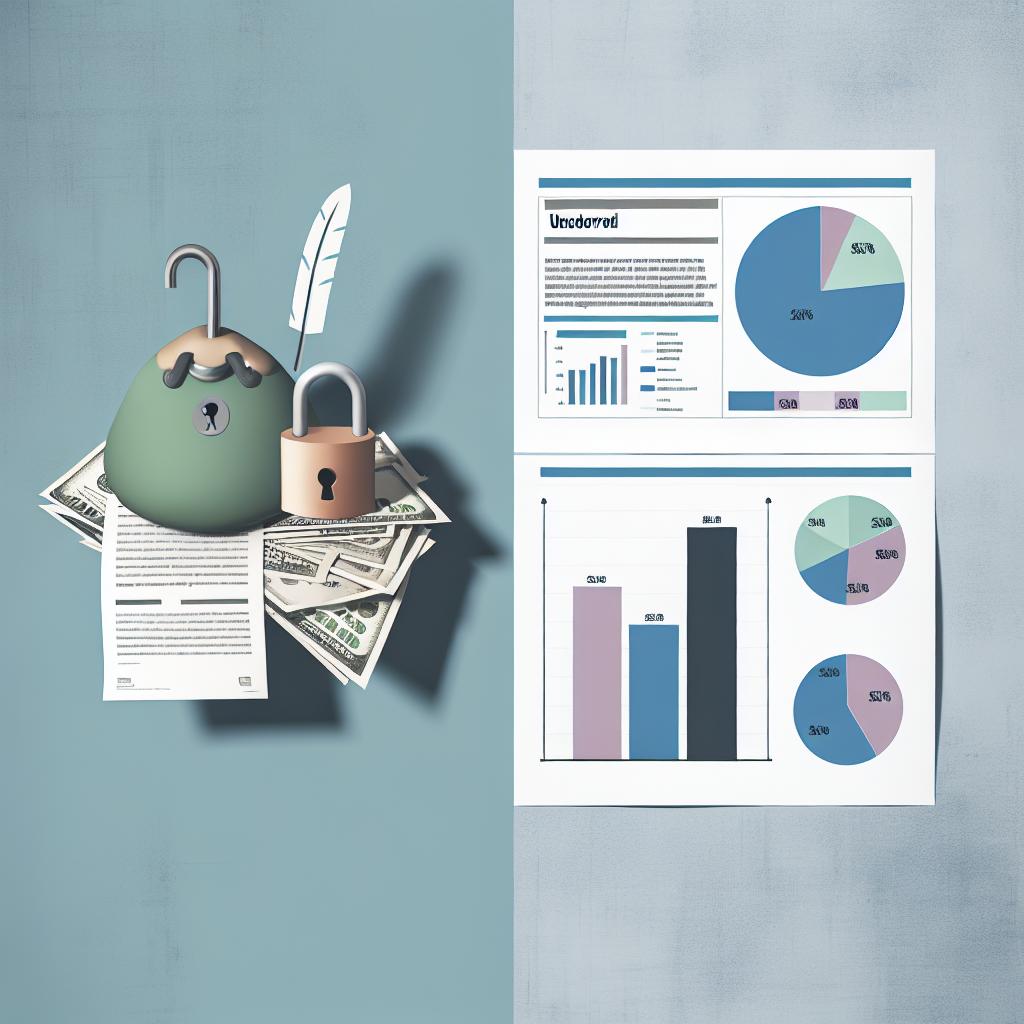Understanding Secured Loans
Secured loans are financial products backed by collateral. This implies that the borrower pledges an asset, such as a car or property, to secure the loan. Should the borrower default, the lender can claim this asset as compensation. This type of loan, due to reduced risk for the lender, generally offers lower interest rates.
Collateral Requirement: A defining characteristic of secured loans is the requirement for collateral. This collateral could be any valuable asset that can be legally seized by the lender in the event of non-repayment by the borrower. The presence of collateral provides a layer of security to the lender, enhancing the attractiveness of secured loans as a viable option for those willing to pledge an asset.
Loan Amount and Interest Rates: The security interest in the asset enables lenders to offer larger loan amounts and lower interest rates compared to unsecured loans. The certainty that comes with having an asset to recover in case of default allows for more favorable lending terms. Borrowers often find this advantageous when seeking significant funding, as they stand to benefit from lower financial burdens over the loan’s life span.
Examples: Common instances of secured loans include mortgages and auto loans. Mortgages involve using real estate as collateral, facilitating home ownership by spreading the cost over time with manageable interest rates. Auto loans similarly enable vehicle purchases, with the car itself serving as collateral. For a more comprehensive understanding of mortgage loans, resources like the Consumer Financial Protection Bureau can be explored.
Understanding Unsecured Loans
Unsecured loans do not entail any collateral, increasing the inherent risk for the lender. Consequently, these loans typically come with higher interest rates. Lenders base their approval process on factors such as the borrower’s credit score, income, and overall financial history. These metrics serve as a proxy for assessing the likelihood of repayment, given the absence of a tangible security interest.
No Collateral: The absence of collateral means the lender has no direct claim on a borrower’s assets in the event of default. This heightens the lender’s risk exposure, often leading to the imposition of higher interest rates to mitigate potential losses.
Loan Terms: The heightened risk associated with unsecured loans results in different lending terms compared to their secured counterparts. Loan amounts may be smaller with shorter repayment periods. This stems from the lender’s need to manage risk while accommodating borrowers who may not possess substantial assets. Personal loans and credit cards are prevalent types of unsecured loans, often utilized for diverse financial needs, from debt consolidation to everyday purchases.
Examples: To understand available personal loan options, prospective borrowers may refer to resources from entities like the Federal Reserve. Such resources provide insights into understanding terms and conditions, making informed financial decisions more accessible.
Comparing Risks and Benefits
Risk to Borrower: In the case of secured loans, the predominant risk to the borrower is the potential loss of the pledged asset. If repayment conditions are not satisfied, the lender has the right to seize the collateral, which can have significant personal and financial implications. Conversely, with unsecured loans, borrowers do not face the immediate risk of asset forfeiture, as there is no collateral involved.
Risk to Lender: For lenders, secured loans offer reduced risk due to collateral security. This allows lenders to have a recourse option, mitigating potential losses. Unsecured loans, however, require lenders to depend extensively on the borrower’s creditworthiness and financial stability, making them inherently riskier investments.
Financial Implications: Secured loans offer borrowers the advantage of lower interest rates, proving beneficial for more significant purchases or long-term financial commitments. They entail reduced financial outlay in terms of interest, making them attractive for substantial investments like homes and vehicles. Conversely, unsecured loans, while typically more costly in interest, provide greater flexibility and do not risk personal assets. This flexibility can be a decisive factor for individuals prioritizing liquidity and financial freedom.
Conclusion
The decision between choosing secured and unsecured loans largely hinges on individual financial circumstances and specific requirements. Borrowers must judiciously evaluate the advantages and disadvantages inherent in each type, taking into account their capability to provide collateral, their risk tolerance, and overall financial goals. Gaining deeper insights and seeking expert advice can facilitate well-informed decisions. Consulting financial advisors or visiting authoritative financial institutions’ platforms online can offer guidance tailored to one’s unique financial landscape. This comprehensive approach ensures that borrowers not only access beneficial financial products but also navigate the borrowing landscape with confidence and prudence.
